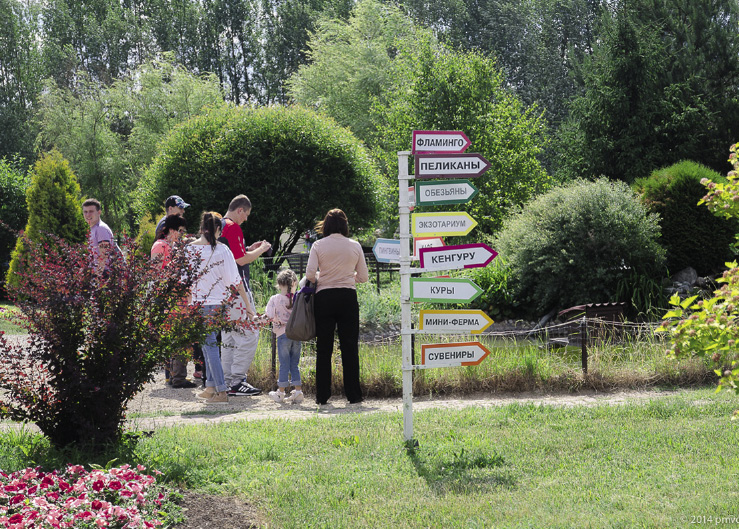RUSSIA’S ONLY BIRD PARK IS LOCATED 80KM FROM MOSCOW, IN THE KALUGA REGION. EVERYONE WHO GOES THERE IS INVARIABLY AMAZED BY ITS SIZE AND, MOST IMPORTANTLY, BY WHAT IT CONTAINS.
ТEXT:ANDREI IVANOV
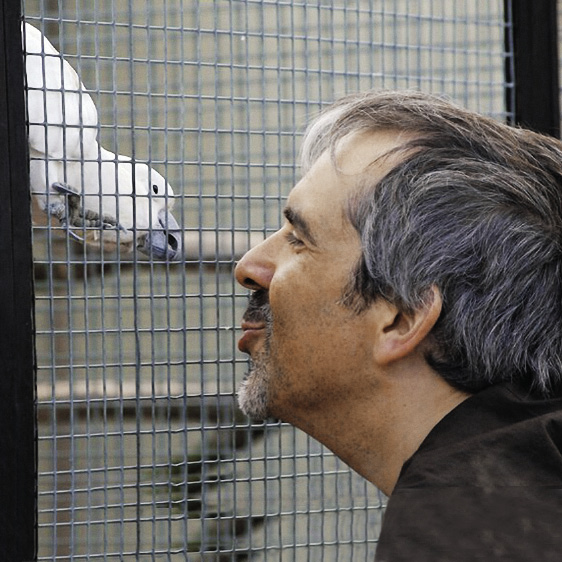
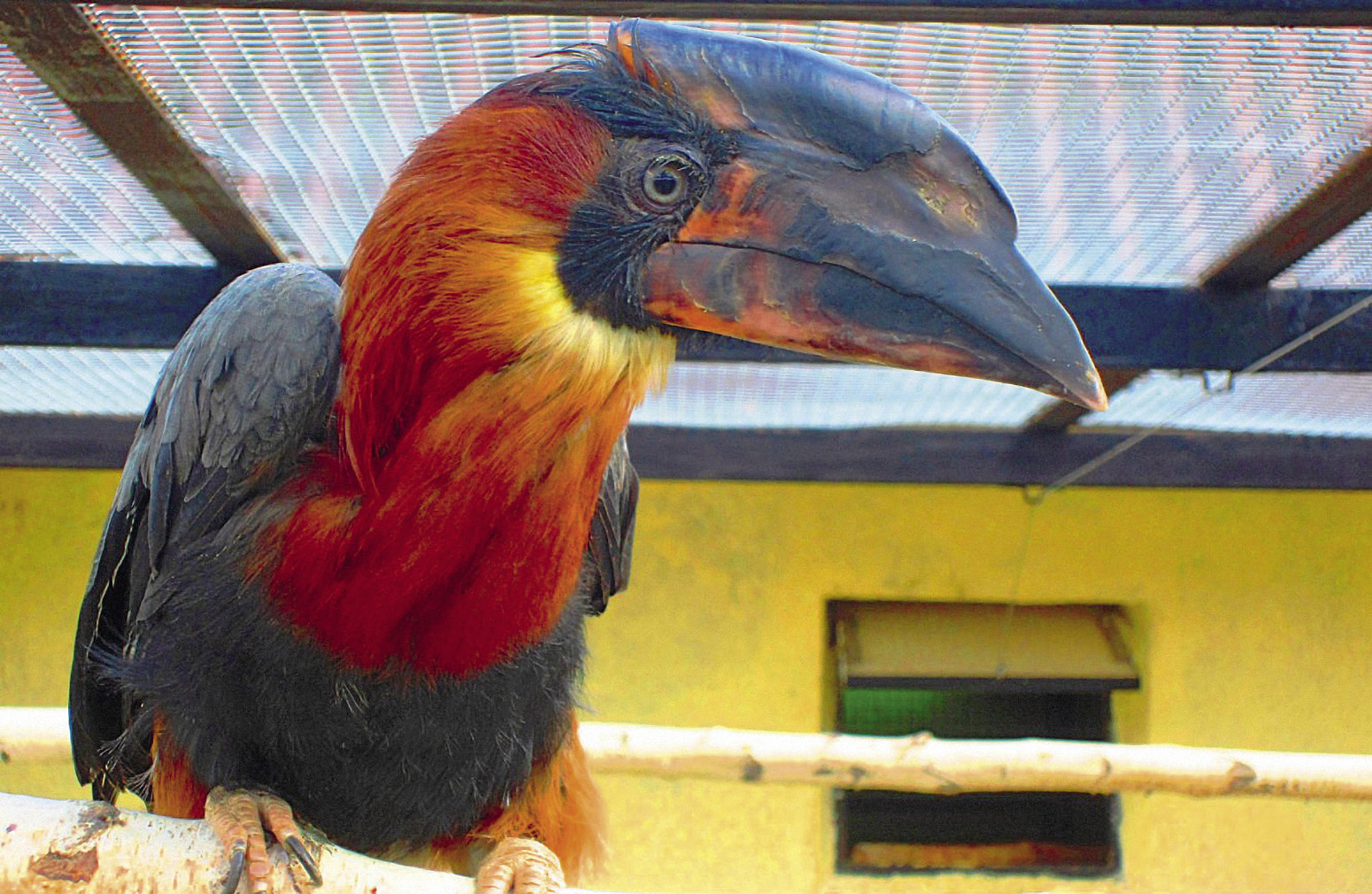
Here you will find over two thousand birds, animals, reptiles, and fish from all over the world. Apart from that, you can take a ride in a carriage, have a picture taken of yourself with a bird of prey, visit an ostrich farm, and admire tropical plants in bloom.
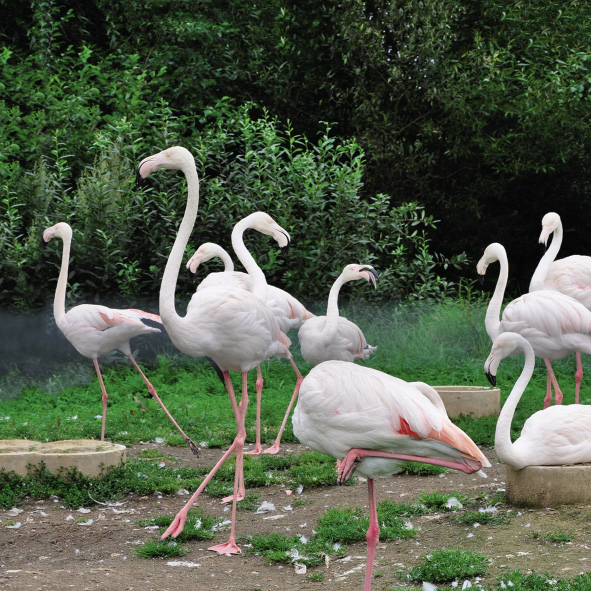
An Engineer’s Dream
I first learned about the private Sparrows Bird Park in Kaluga in 2015 from the president of the Moscow Zoo, Vladimir Spitsyn. He was in complete awe of it, praising its owners for their competent and modern business approach. I wondered what could possibly amaze an experienced zoologist who had been the head of the famous metropolitan park for almost 40 years.
The bird park is located in the Zhukovsky district near the village of Vorobyi (Sparrows), from which it took its name, on the banks of the Istya River.
It all started with the engineer Alexander Belyavsky’s and his wife Tatiana’s hobby of collecting specimens of various bird species, which they have been doing for for over 30 years. Their collection grew, gaining popularity among enthusiasts and connoisseurs, and was finally moved from Moscow to the Kaluga region. The Belyavskys were inspired to create their own bird park by their knowledge of bird parks in other countries that functioned as full-fledged places for family recreation, similarly to zoos, nature reserves and open-air museums.
They bought the lands of a former collective farm called “Pobeda” (“Victory”) and over a period of two years built, and in 2005, opened, their bird park.
By that time, its exposition included not only exotic birds – the core of the Belyavskys’ collection – but also forest birds, birds of prey, domestic birds and water birds found in Russia.
The park, with its collection’s variety and completeness, was destined to become more than just a recreational centre; it has developed into an excellent education and research base. The park’s experience in breeding rare birds has rightfully earned it the recognition of specialists from Russian and foreign bird nurseries and zoos.
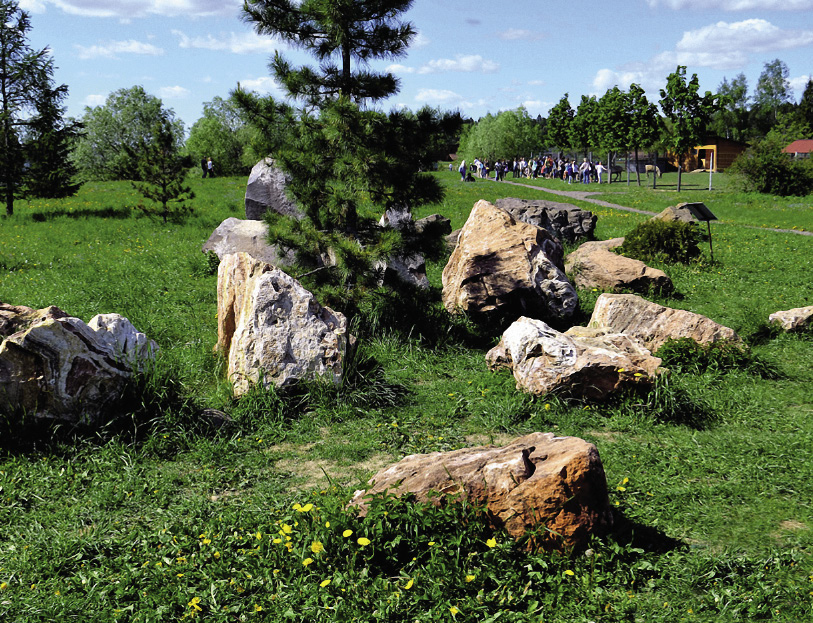
Arriving at the Tropics
This summer, my dream of seeing the famous bird park with my own eyes finally came true. After a few days at Etnomir (Ethnic world), my family and I headed to the Sparrows as it’s located nearby.
The entire area of the parking lot and all the curbs along the fenced-in bird park were occupied. Finally, we managed to find a place on the lawn by the entrance. It would be advisable for the local authorities to consider building a larger parking lot for visitors to this popular tourist attraction and educational facility.
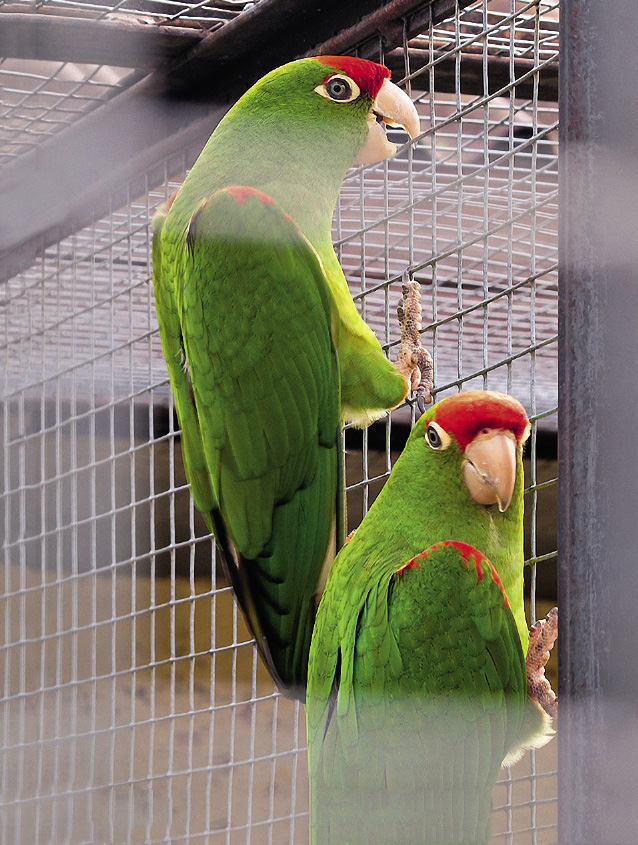
The second difficulty awaited at the entrance, where a queue of about 50 people was slowly moving towards the ticket counter. As we discovered a few minutes later, the cashier’s order for everyone to put on face-masks, and refusal to sell the tickets otherwise, was to account for the slowness of movement. To avoid having to queue, we crossed the road and headed to the second part of the park where the queue for tickets was much shorter.

This part of the park is smaller than the main one, but it turned out to be very interesting. As soon as we entered, we found ourselves inside the “Tropical World” pavilion. The moist air, palm and banana trees, various exotic plants and animals made us feel as if we had suddenly been brought closer to the equator. In the next pavilion we saw various types of fish in aquariums while just outside stood cages with songbirds from all over the world. Large, open-air enclosures housed long-legged ostriches that walked along the fences in a relaxed manner.
Another open-air collection features stones brought from different territories all over Russia, beginning with the Urals and going all the way to the Caucasus. There we saw Karelian granite and white marble, laughing children climbing all over large boulders, and adults getting photographed next to them.
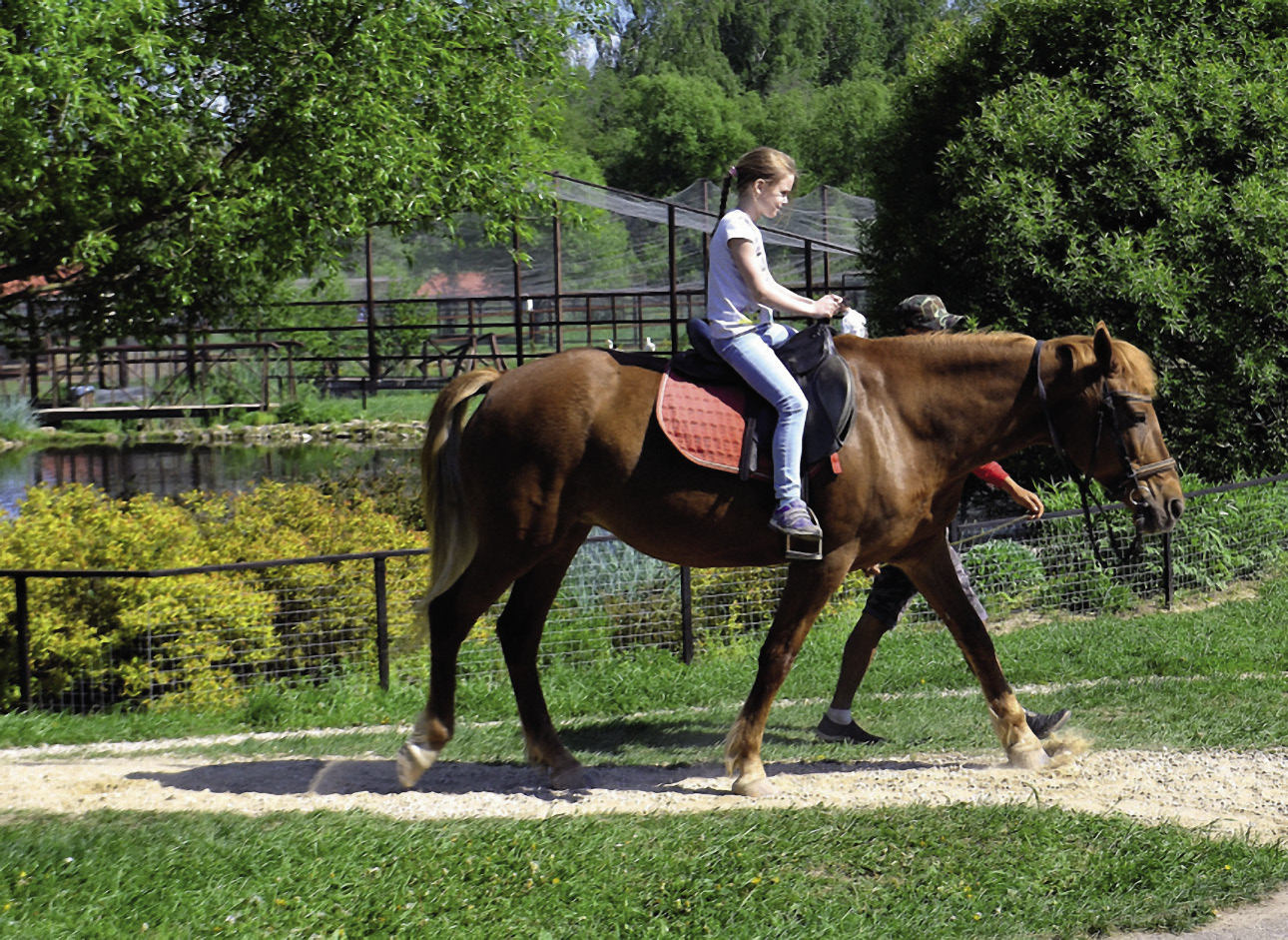
Hundreds of exotic birds
The second, main, part of the park, made an incredible impression on us. Neither ourselves, nor the other guests had expected anything so grand, judging by their feedback. Hundreds of bird cages and animal enclosures, the sounds they emitted making our heads spin – and we couldn’t take our eyes off of the sight.
The park’s collection includes about 300 species of birds: peacocks, parrots, hornbills, pelicans, storks, cranes, pheasants, and different birds of prey. Domestic birds are featured as well, represented by pigeons, chickens, geese, ducks, and turkeys. Now that’s a fine place to study zoology and ornithology!
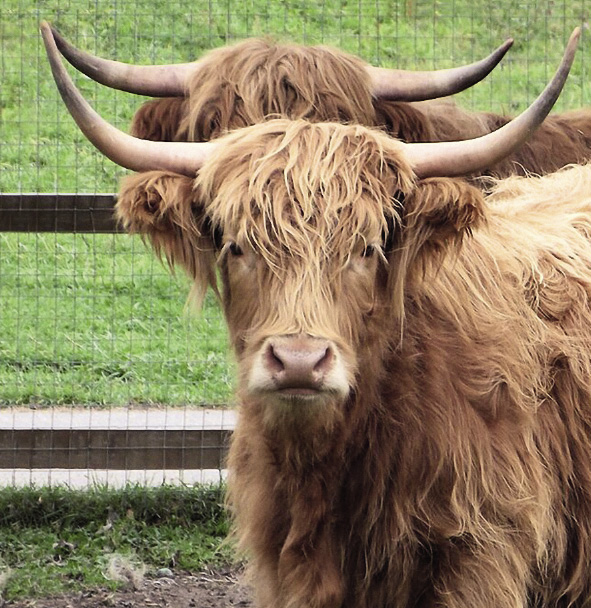
Besides the birds, exotic animals also live in the park, such as lemurs, gibbons, small monkeys (tamarins, marmosets and saimiris), sloths, kangaroos, alpacas, llamas, fallow deer, caracals, servals, capybaras, coati, porcupines. Trying to see them all will easily take up your entire day at the park!
The park’s popularity has its downside as well. For example, in August, the sacred myna (an Indian starling), a big favourite with the guests, disappeared from its cage at the park’s café.
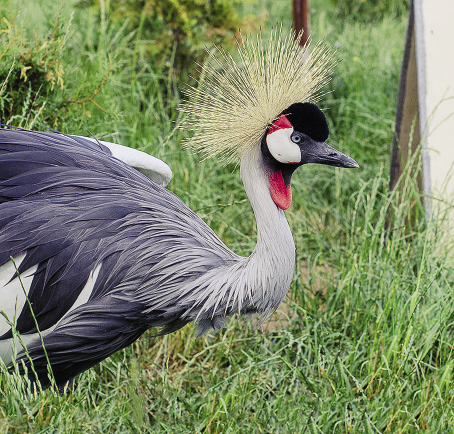
Besides the café, a barbecue area is open to guests in a picturesque spot overlooking the river. At the time of our visit, all of its tables and gazebos were occupied.
The entry fee is relatively cheap — 400 roubles (about $5) on weekends and 300 roubles (about $4) on weekdays for adults, and 100 roubles ($1.3) — for concession tickets. The latter category is available for schoolchildren, students, seniors, and people with disabilities. The entry fee to the Park of Stones located on the second territory of the bird park is paid separately, with the adult ticket costing 100 roubles less.
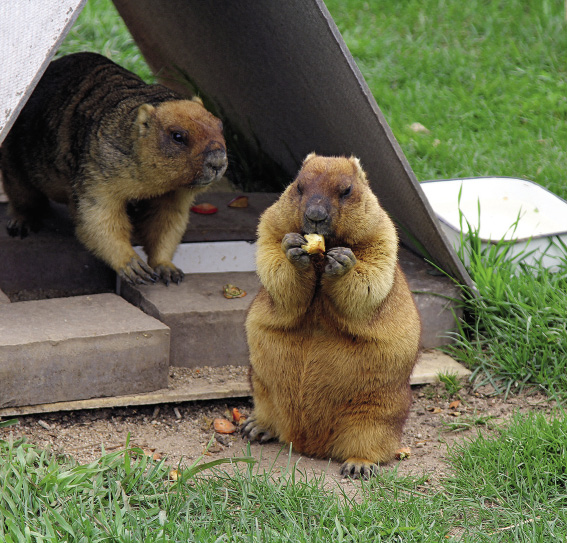
It is possible to stay overnight on the park territory at the “Ivolga” hotel consisting of 10 wooden cottages, each one containing two rooms with two separate entrances and a veranda. In summer, the booking must be made well in advance if one is to secure accommodation.TLR

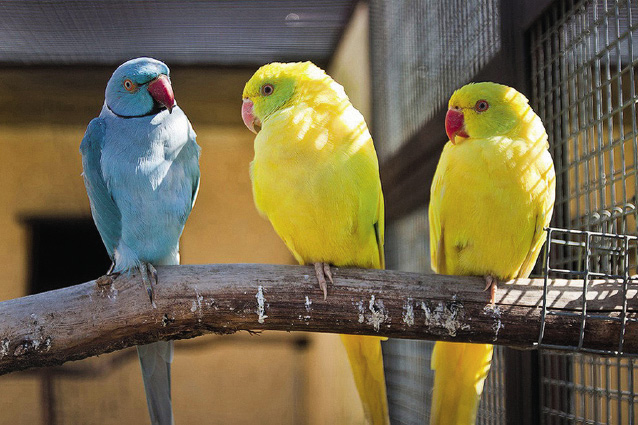
PHOTO: 900IGR.NET / EKSKURSOID.RU / BIRDSPARK.RU / DRIVE2.RU / GEMMA-TOGEN.LIVEJOURNAL.COM / TURY.RU / VADHOR.LIVEJOURNAL.COM / ZEN.YANDEX.COM / ARTEM SVETLOV

